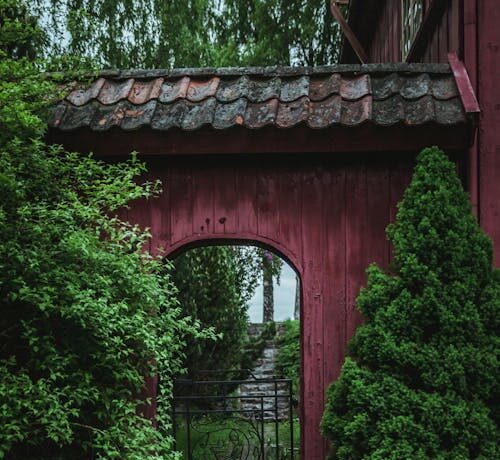Designing landscape is a multifaceted art where architectural features, natural elements and functional amenities are combined in a harmonious whole. In addition to creating visually stunning spaces, well-designed landscapes are also sustainable and functional. And collaboration is instrumental to ensure that the client’s vision is achieved.

When you select a landscape designer
They will first start to understand your requirements, lifestyle and preferences. It is important for landscape designers to work closely with their clients to get more insight into their goals and vision. This is achieved through site assessments, in-depth consultations and design briefings. This allows the designers to have a thorough understanding of the challenges characteristics and the potential of a project site. They will also gain insight into the personal tastes of the clients and their aesthetic preferences to understand what they are looking for in the end result.
To ensure successful collaboration in landscape design, there has to be communication between the client and the designer. This ensures that the client is actively involved in the designing process and they are able to give their feedback. To ensure this, there will be presentations, regular meetings and design reviews where the designer can engage with the clients to explore options, discuss ideas and refine concepts. This will help contribute to a collaborative environment where creativity can thrive.
The designer will identify the needs
And preferences of the client to explore concepts and develop design solutions that meet the client’s vision. They will draw on their experience and expertise to come up with innovative ideas, design proposals and conceptual sketches. These will help capture the essence of the project. And there will be a process of refinement so that the designers can collaborate with the clients in order to fine-tune the design. They can incorporate the clients’ feedback to the design and make certain adjustments so that the desired outcome can be reached. When it comes to landscape, functionality has to be prioritised as well. And this ensures that the outdoor spaces are efficient and practical in addition to being beautiful. The designers will look for ways to create environmentally responsible landscape. Some of the ways that outdoor environments can be manipulated in order to cater to the diverse needs of clients are to add features such as play spaces, walking paths, seating areas and recreational areas.

Sustainable design principles
Can be incorporated into the design of the landscape such as native plants, permeable paving, rainwater harvesting systems and energy efficient lighting can be utilised so that the environmental impact can be lessened. Throughout the collaborative process of design, there are many challenges that designers and clients both have to overcome such as limitations of the site, regulatory requirements, logistical issues and budget considerations. Through adaptability, these issues can be overcome and creative expression can be achieved. The vision for the design will be implemented in the construction phase of the project ensuring craftsmanship and precision. And the designers will work closely with artisans, contractors and craftsmen to guide, supervise and ensure quality control of the design.





